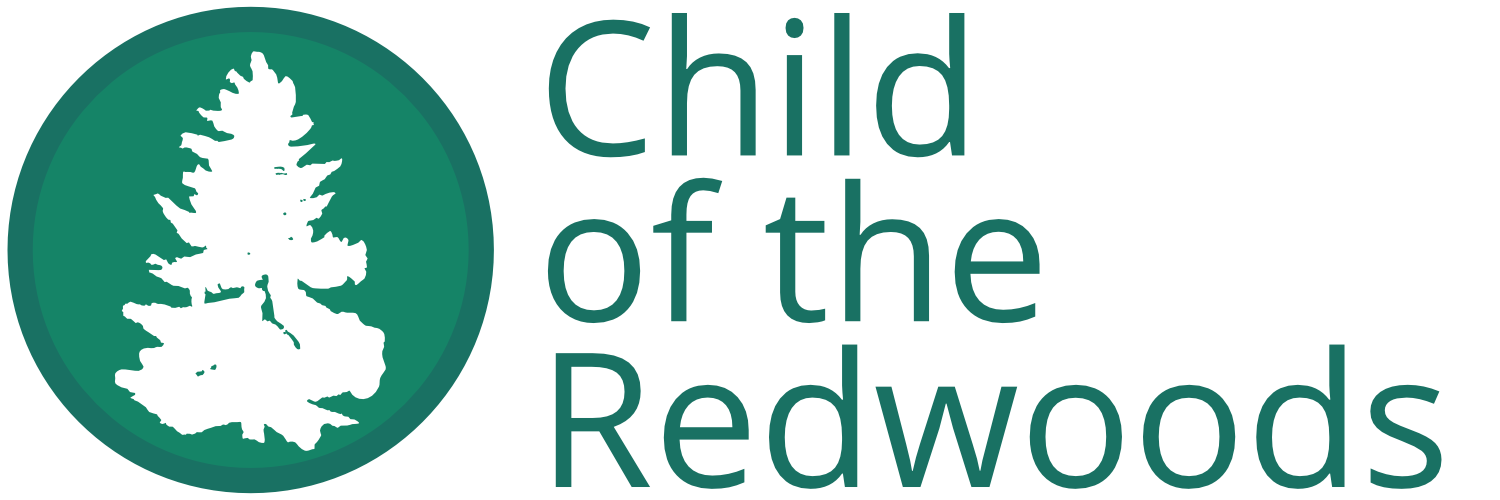Geometry is a very near relative of mathematics, but it is not the same. We use math to describe and work with geometric forms, yet geometry is somehow more than just numbers. Geometry is like the art of math — similar to how Grammar is like the math of language.
Montessori geometry includes many beloved materials, such as the geometric cabinet and the incredible binomial and trinomial cubes. As with the mathematics and grammar materials, they brilliantly bring to life complex and abstract concepts.
Geometry is highly complex and requires a fair amount of abstract thinking. For this reason, children under 6 do not study Geometry as a separate subject. Instead, it’s woven throughout the other areas, mostly Practical Life and Sensorial, where they can focus on concrete, tactile experiences.
Only in the elementary years — and not even fully until after age 9 — do children explore geometry as a standalone concept.
During the second plane (starting at age 6), children develop the ability for abstract thought. These new cognitive powers unlock their ability to approach geometry in a deeper way. They start with by identifying and describing the unique qualities of basic shapes, including triangles, polygons, and circles, the move to creating various kinds of points, lines, surfaces, and solids and transforming one into the other.
By the end of the Lower Elementary period, they are combining these skills in order to describe shapes in greater detail and deconstruct them.
Geometry is a challenging subject and can feel daunting to non-experts — both the child learning it and the parent teaching it! However, geometry also appears naturally in the world — from shells to human bodies — and pointing it out and discussing it.
For younger children, you’ll focus on exploring basic shapes. How would you make the shape of a triangle? Trace the edges of one with your index and middle finger. What shapes can you combine to make a parallelogram? Use triangles to construct one.
For older children (those over 6), you’ll begin using mathematics to define and work with shapes. You’ll also use more advanced language to describe different types of shapes. How long can a line get? Use a piece of yarn to make it longer or shorter. Do different four sided shapes have different names? Use geometry sticks to create polygons and identify them.
Above all, the key to success is for you, the parent or caregiver, to be CURIOUS. Child of the Redwoods emphasizes that education is a journey you take WITH your children. When you show curiosity about the world, your child will follow the example.
The Lower Elementary (ages 6 to 9) Geometry curriculum consists three domains — two dimensional shapes, lines and angles, and partitioning. Geometry is not included in the Primary curriculum as a separate subject area but can be found integrated throughout the curriculum (especially Sensorial and Practical Life).
Two Dimensional Shapes: This domain covers naming and creating basic two dimensional shapes, including triangles, polygons, and circles. Younger students will focus on basic identification; older students will use more precise nomenclature to describe.
Lines and Angles: This domain introduces the concept of lines - as distinct from two dimensional shapes - and how we use angles to describe and measure the ways lines interact. This domain targets Level 2 students.
Partitioning: This domain explores how to divide shapes into smaller units - what shapes combine to make other shapes, the difference between equal and equivalent, and how to measure their angles. This domain targets Level 3 students and, in some sense, is a culmination of the earlier work on lines, angles, and two dimensional shapes.
Overall, the goal is to focus is less on using numbers and formulas to create and analyze shapes and more on imparting confidence and comfort with what can feel like a daunting subject.


